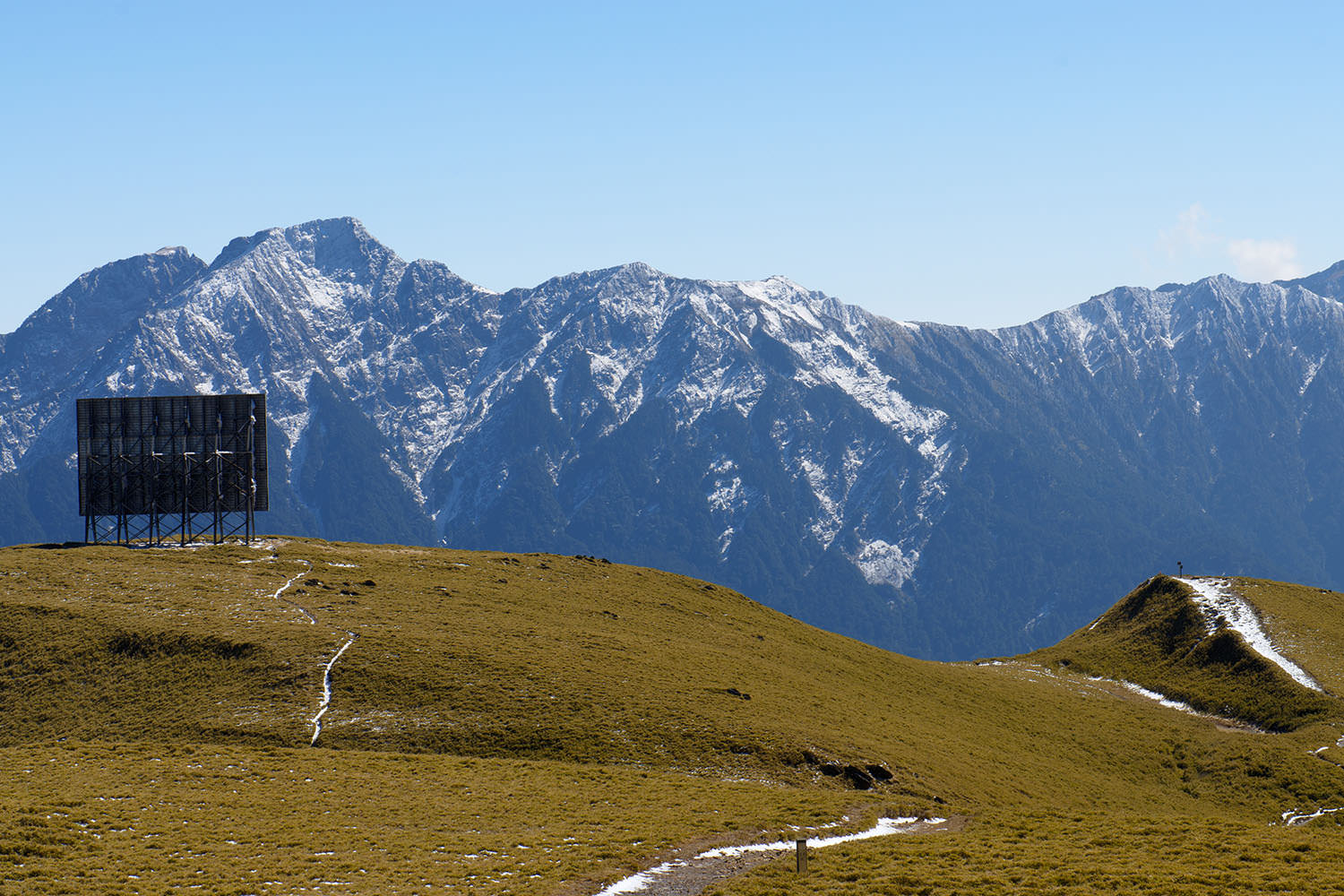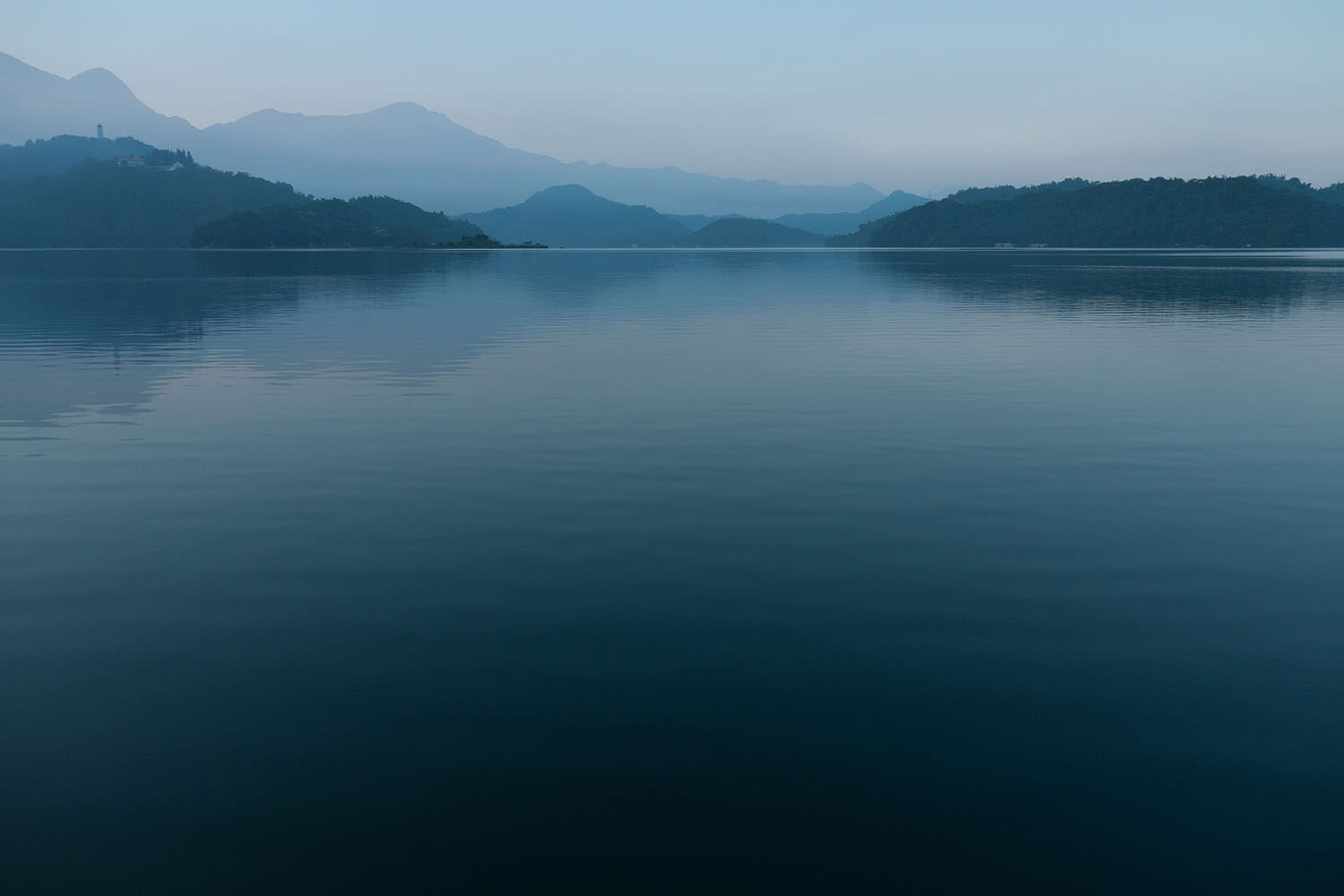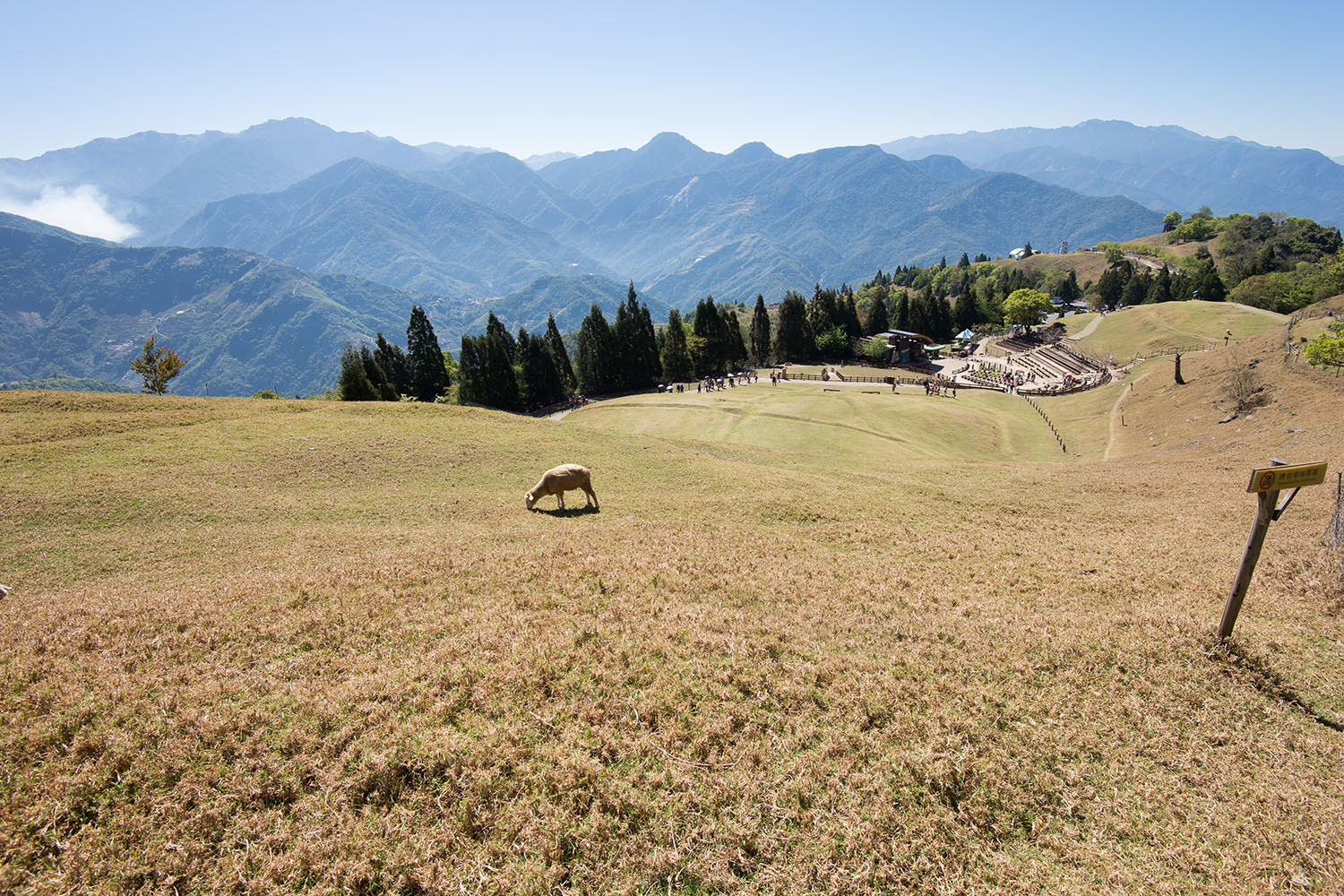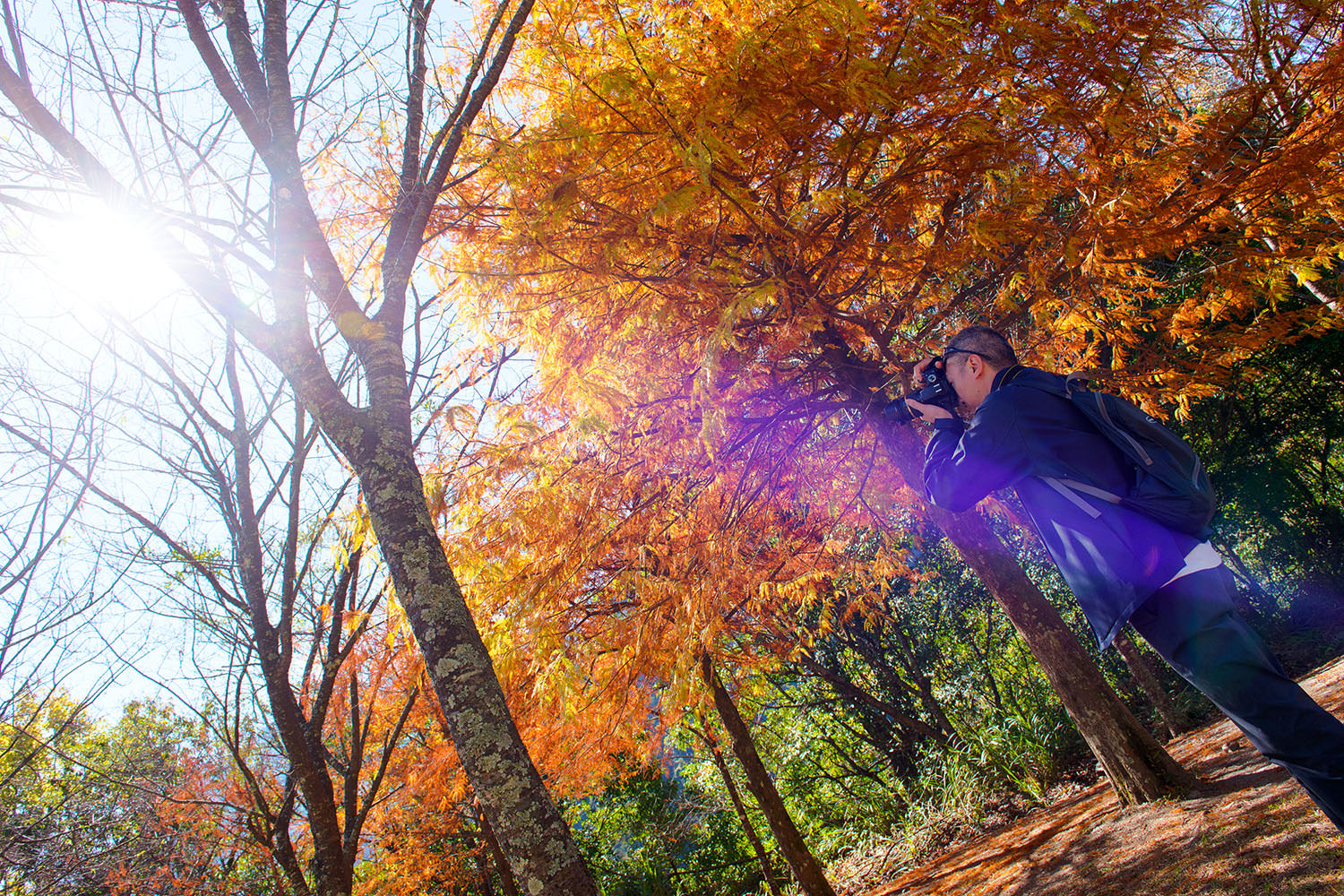
Nantou
- Home
- Nantou
Top 10 Must-Visit Nantou Attractions|Bucket List Guide
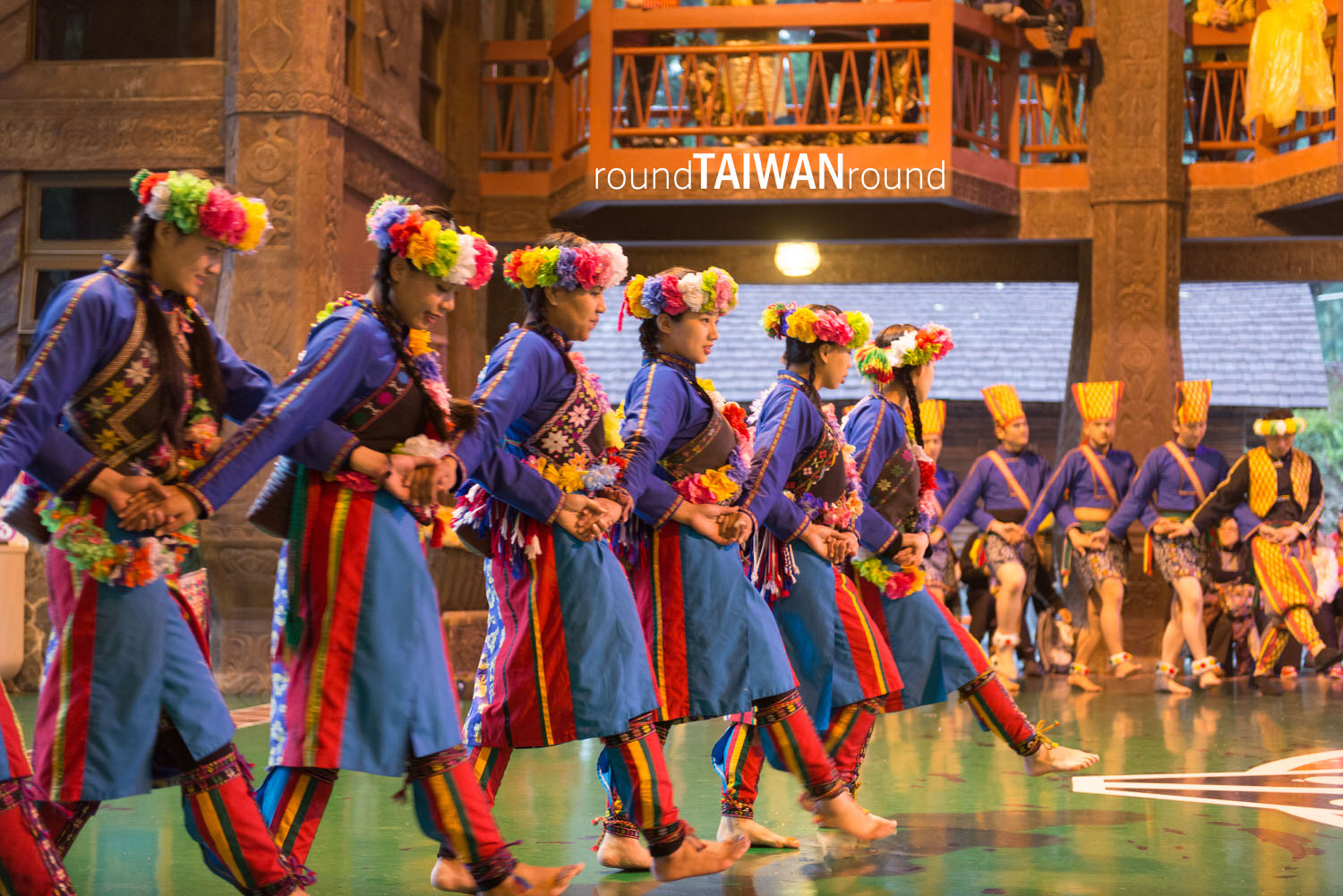 1
1Formosa Aboriginal Culture Village
From Sun Moon Lake, you only need a thirty minutes’ drive or a seven minutes’ ride on the cable car to reach Formosa Aboriginal Culture Village on the other side of the mountain. When it is raining and the surrounding mountains are covered by heavy fog, travelling on the cable car might give you an illusion of walking on a sea of clouds and entering a mysterious land.
Formosa Aboriginal Culture Village was established in 1986. Back at that time, there were only nine officially recognized indigenous groups in Taiwan. However, with the rise of aboriginal self-identification, many indigenous peoples started to ask for rightful recognition. By the end of 2016, sixteen of indigenous groups have been officially recognized by the government. Formosa Aboriginal Culture Village can be divided into three major sections: Aboriginal Village Park, European Garden and Amusement Isle. Upon getting off the ropeway, you will be first greeted by Aboriginal Village Park, where all the disappearing traditional houses are recreated. Here, visitors will gain an insightful look into the indigenous culture of Taiwan through traditional performances and archery lessons. Be sure to ask for a performance schedule as these shows run regularly.
After Aboriginal Village Park, your next stop will be European Garden. If visiting in February, you will be warmly welcomed by an array of cherry blossoms, and the backdrop of the mountain foliage is a true visual delight. During the blooming season, Formosa Aboriginal Culture Village is open until late for visitors to appreciate the lighted water fountains that "dance" to music – photography enthusiasts especially love the scene not to be missed. There is also a mini-train that takes you on a ride around the garden that will be blooming with lavender and tulips in different seasons of the year. To make your hungry stomach happy, head to the Ritz Palace (麗宮), a Chinese restaurant hidden in a Baroque style mansion. While enjoying your meal like a royalty, you will be granted a magnificent view of the vast garden that spreads out right before you. When the night falls, the garden is drenched in in lustrous lights, giving a romantic touch to the experience.
The very last stop of yours will be Amusement Isle, a kids’ paradise for sure. Amusement rides come in a variety of themes. For example, “Caribbean Splash” is for all family members to enjoy, “Maya Adventure” is a suspended roller coaster that swings and sways as it makes its way through a series of twists and turns, and “UFO Freefall” with the height of 85 meters is definitely not for the fainthearted. 2
2Zhushan Zinan Temple
Together with Fude Temple in Zhonghe and Fuan Temple in Checheng, Zinan Temple located in the Zhushan Township of Nantou is one of the three major temples in Taiwan with the Earth God venerated as their primary deity. Zinan Temple is always teeming with pious worshippers who come mainly for the “lucky money,” especially during the Chinese New Year. Another highlight is the incredibly luxurious bathroom built by a worshipper who came here to pray for wealth, borrowed the lucky money with Earth God’s permission and did achieve great success in his business. In order to return the god’s grace, he then donated a fortune to build up this second-to-none bathroom in the shape of golden bamboos that cannot be ignored.
Worshippers have up to six chances to throw divination blocks to see if the Earth God agrees to lend out the money. If the response is positive, they can borrow up to TWD600 for wealth investment, which should be repaid within a year. If the Earth God doesn’t agree this time, outside the temple there are some other art installations of gold hens and ingots — both are the symbols of wealth. Don't forget to stroke these lucky statues for that extra bit of luck.
Due to the overwhelming number of worshippers each day, the management had to build a massive parking to accommodate everyone. A small commercial district around the parking started to appear, where you can find all kinds of street food, local specialties, praying paraphernalia, baskets of offering, folk games, and many more. If you are lucky enough to visit the temple on the god’s birthday, expect a lively, carnival atmosphere with parades, firecrackers and everything!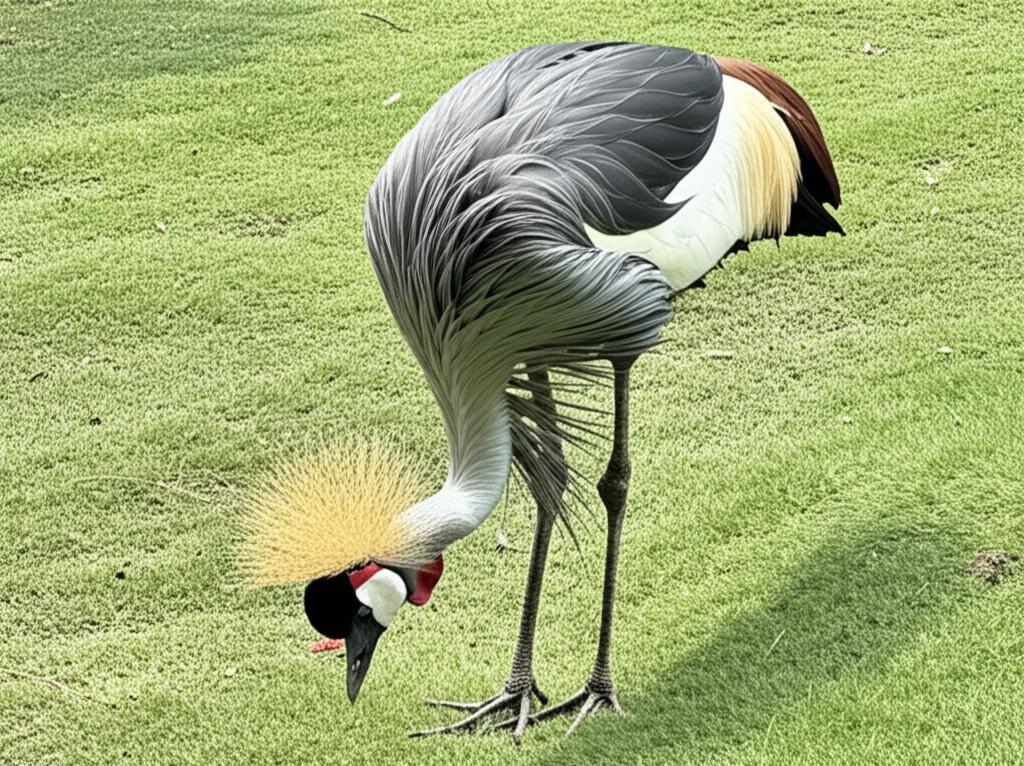 3
3JOJOZOO PARK
Animal and bird enthusiasts must visit the newly opened JOJOZOO PARKJiujiufeng Animal Paradise! The park primarily focuses on rare bird species and a variety of adorable animals, aiming to become the largest "Bird-themed Animal Park" in Asia. The park boasts a diverse range of birds, so get ready to be soothed by many species you may have never seen before! The park covers a vast area and places a strong emphasis on ecological education through interactions between people, animals, and forests. As a result, there are up to 10 different experiences available, including feeding capybaras, interacting with flamingos and pelicans, feeding ostriches, and even riding on mini horses.
All these experiences are free once you've purchased your admission ticket, making it incredibly satisfying! For kids who love dinosaurs, the "Dinosaur Hill" section of the park will surely capture their attention. It features 1:1 scale replicas of various dinosaur species standing on the grass, allowing visitors to get up close to prehistoric creatures. Additionally, on weekends, you can hop on the park's own amusement train, or follow the suggested routes provided by the park for 2 hours, 3 hours, or 5 hours of exploration. Spending an entire day here is not a problem! Recommended Duration: Half-day to 1 day.
 4
4Checheng
Located near Mingtan Reservoir in Nantou, Checheng (車埕) is a rustic little village serving as the terminus of the Jiji tourist railroad. Once upon a time, it was home to a thriving timber industry, and these nostalgic trains were used to facilitate logging during the Japanese Colonial Era. As the timber industry began to decline, Checheng (車埕) was abandoned, too. Today, the village has successfully restructured its tourist industry by promoting a more family-oriented scene combined with leisure and pleasure, continuing to serve as a reminder of the flourishing history of the local industry.
In the old days, the Shuili Township was a collection and distribution center for wood in Nantou and acted as a transshipment point, where hundreds of handcarts were parked, hence the name Checheng (車埕) (literally “car yard”). In 1919, the Japanese colonizers started to construct Jiji railroad while building the hydroelectric power station at Sun Moon Lake in order to transport equipments and materials needed for the hydropower project. Serving as the terminus of the Jiji railroad, Checheng (車埕) drew in a significant number of workers, which hastened the village into a prosperous town. In the 1960s, Zhenchang Logging Co. built a plant here, turning Checheng (車埕) into a major hub for timber transport. However, the economic structural change resulted in the decline of traditional industries such as logging. In recent years, tourism has boomed along the Jiji railroad, and Checheng (車埕), named one of the most beautiful train stations in Taiwan, is no exception. These days, most old streets are quite commercialized and start to lose their original luster – but that is not the case with Checheng (車埕) Old Street. Small as it is, the wood museum located near to the train station is an educational and inspirational experience for visitors of all ages, where myriads of wood handicrafts are on display and the nostalgic wood processing scenes have been recreated.
Walking around the small town of Checheng (車埕), you will find a scenic pond that once served as a log pond. Storage of logs in water has the additional advantages of preventing splitting of logs which might otherwise dry prior to milling. Take a leisurely stroll along the walking trail encircling the pond, and enjoy the utmost tranquility surrounded by nature at its best. At Checheng (車埕), visitors could sit back and relax a bit before experiencing a short nostalgic rail journey to another beautiful town — Jiji. Before leaving, be sure to have a “wood bucket bento,” which is a perfect combination of local lumber industry and the single-portion takeout that miners used to have as everyday meals. One single bite will bring you back to the 1960s. 5
5Jiji
Located in the heart of Nantou, Jiji has been transformed from a barren land into a highly-raved railway town. In 1933, the Japanese colonizers tore down the original Jiji Train Station and turned it into a nostalgic structure built of cypress planks. In 1999, a devastating earthquake with a magnitude of 7.3 struck the center of the island, and Jiji was the nearest town to the epicenter of the quake. Unfortunately, the historic Jiji Train Station was seen partially collapsed. After months of renovation work, it has been greeting travelers to the town with its original look since 2000.
The reborn town of Jiji attracts even more hordes of rail buffs, and the crowds are especially hectic during weekends. A street of gastronomical fun will make sure your stomach is filled with loads of yummy goodies. From Jiji, you could experience a short nostalgic rail journey to other quaint little towns such as Longquan (龍泉) and Shuili (水里), Checheng (車埕). If you want to stay away from the stresses of city life, why not rent a bike to have a scenic ride through the green tunnel of shaggy evergreens?
Another attraction worth visiting in Jiji is Mingxin Academy (明新書院). Built in 1885, Mingxin Academy was one of the four major traditional academies in Nantou during the Qing dynasty and named a national historic site. As the academy now enshrines the God of Literature as its main deity, students flock here to pray for exam success. Having been around for more than a century, the very well-preserved Mingxin Academy never fails to serve as a symbol for the everlasting academic atmosphere in Jiji.
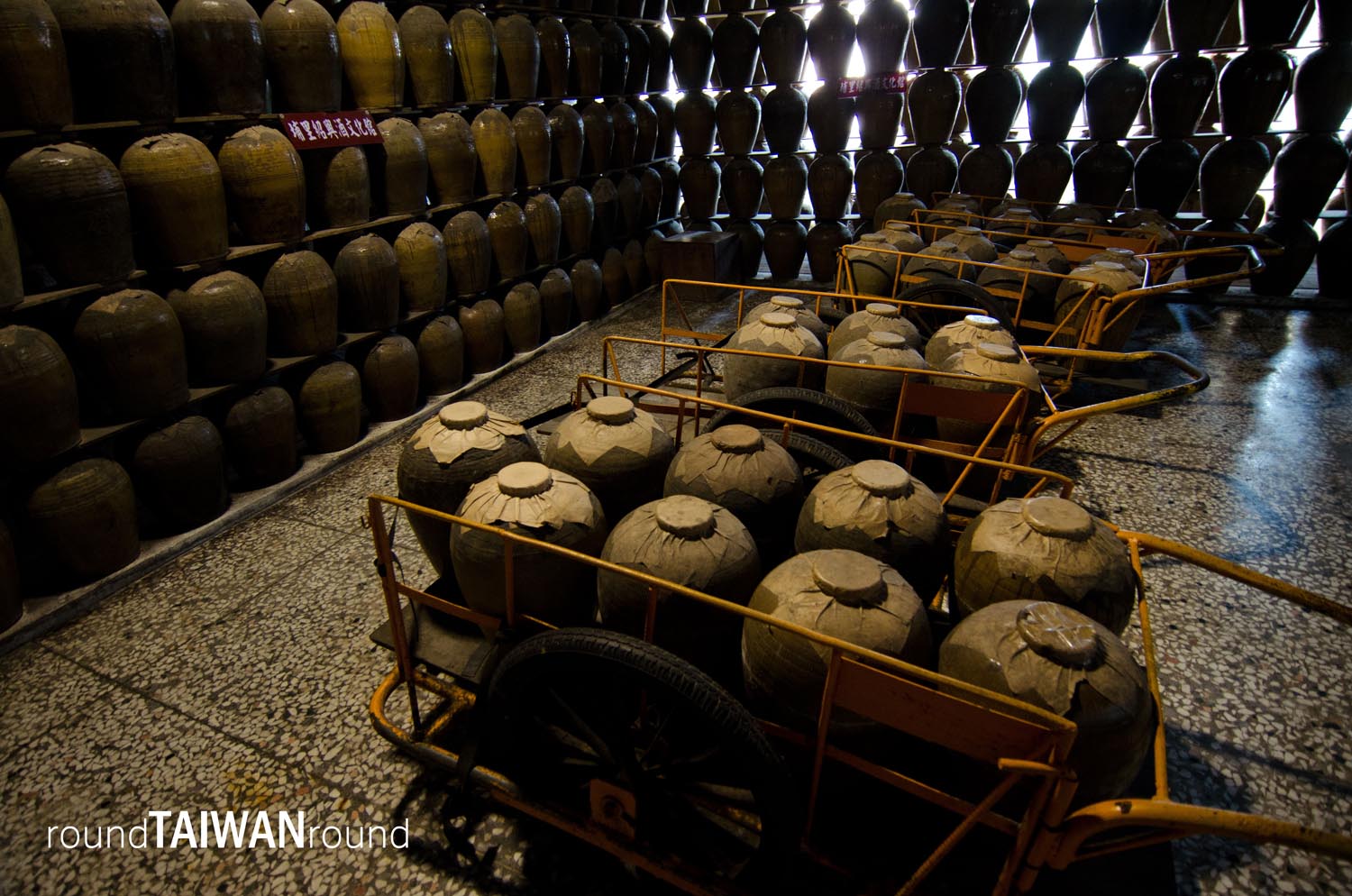 6
6Puli Winery
Located in Nantou County, Puli Winery was badly damaged during the devastating 921 Earthquake back in 1999 but has now found a new life as a “tourism winery” after years of reconstruction.
In the early days, Puli Winery mainly produced glutinous rice wine, rice wine and sake. Later, they started to use the high quality spring water from Ailan Plateau (愛蘭台地) to produce Shaoxing wine (紹興酒). According to traditional customs, Taiwanese parents, rich or poor, would bury many urns of Shaoxing wine underground when there was a newborn in the family. They waited until the day their daughter got married, and these urns of wine became dowries, therefore known as “daughter brew (女兒紅).” If it was a son, they would invite friends and family to celebrate his passing the highest imperial civil service examination by drinking up all these “scholar brew (狀元紅).” These urns of wines will rest for a few years in the cellar before carefully decanting and enjoying. The most basic Shaoxing wine is released within three years, but there are also other types of Shaoxing wine that may need five, seven and even ten years to reach its peak – they are all available to sample at a tiny price.
This golden liquor has shone in many different international competitions and will please those who enjoy strong flavors in their tipple. It can be drunk hot or cold to suit your mood or taste. For those who are so much into drinking, Puli Winery is still a delight as you will find a great variety of wine-related products and snacks such as sausages, rice cakes, popsicles, tea eggs and candy. If you keep your eyes peeled, you might spot an inspicuous temple sitting right next to the winery. It is Dukang (杜康) who is being enshrined inside. Legend has it that Dukang was the inventor of wine, and today, those who work in the winemaking industry still worship him as the god of wine. Even wine lovers can’t help but thank him for all his contributions for bringing such a joy to the world.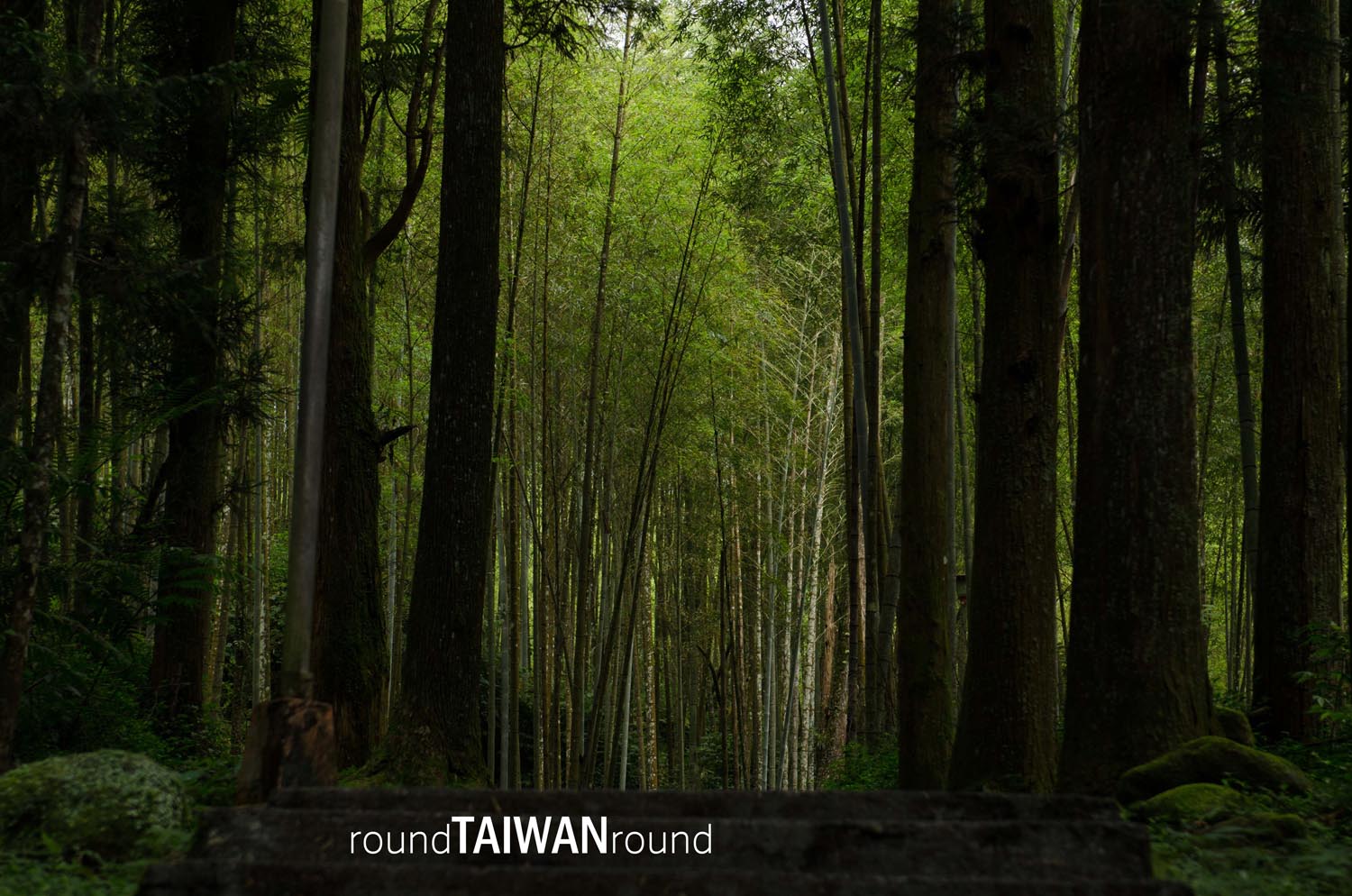 7
7Xitou Nature Education Area
Located in the Lugu Township of Nantou, Xitou Village is home to abundant natural resources, making it a research forest of the University of Tokyo during the Japanese Colonial Era. In 1970, the forest was declared a nature reserve and officially named Xitou Nature Education Area.
Xitou Nature Education Area lies in a valley surrounded by mountains on three sides, where the weather is consistently cool all year round. The highest mountain within the area even has an altitude of 2,025 meters. When the sky is clear, you could hike along the trail that leads you all the way to the astronomical observatory on top, where a panoramic view of the surrounding mountains and the distant Sun Moon Lake will amaze you. During this scenic hike, you will pass through a bamboo forest in a mist of magic while having some little squirrel friends along the way.
You can also walk through the treetops by taking the spectacular skywalk through canopies. With a height difference of 22.6 meters, this skywalk allows visitors to have a close-up look at the wildlife and landscapes that change with the seasons. This 180-meter-long walkway will also take you to the treasure of the whole area – a 2,800-year-old Formosan cypress. Unfortunately, this historic, giant tree had been suffering from years of bacterial diseases, leaving a hollow, weakened place in the trunk. On 11 September 2016, the tree sadly toppled over after days of heavy rain in the mountains.
For those who appreciate flowers, Xitou Nature Education Area is also a prime location to admire the ginkgo biloba, also known as the maidenhair tree. Ginkgo trees grow extremely slow for several years after planting, and sometimes it takes more than twenty years to blossom. In other words, if a young man plants a ginkgo tree, he would have to wait until his grandchildren grow up to actually see these trees in full bloom. That explains why ginkgo trees are also known as “trees of grandfather and grandson” and why that vast forest of ginkgo trees within Xitou Nature Education Area is such a big deal for many nature lovers.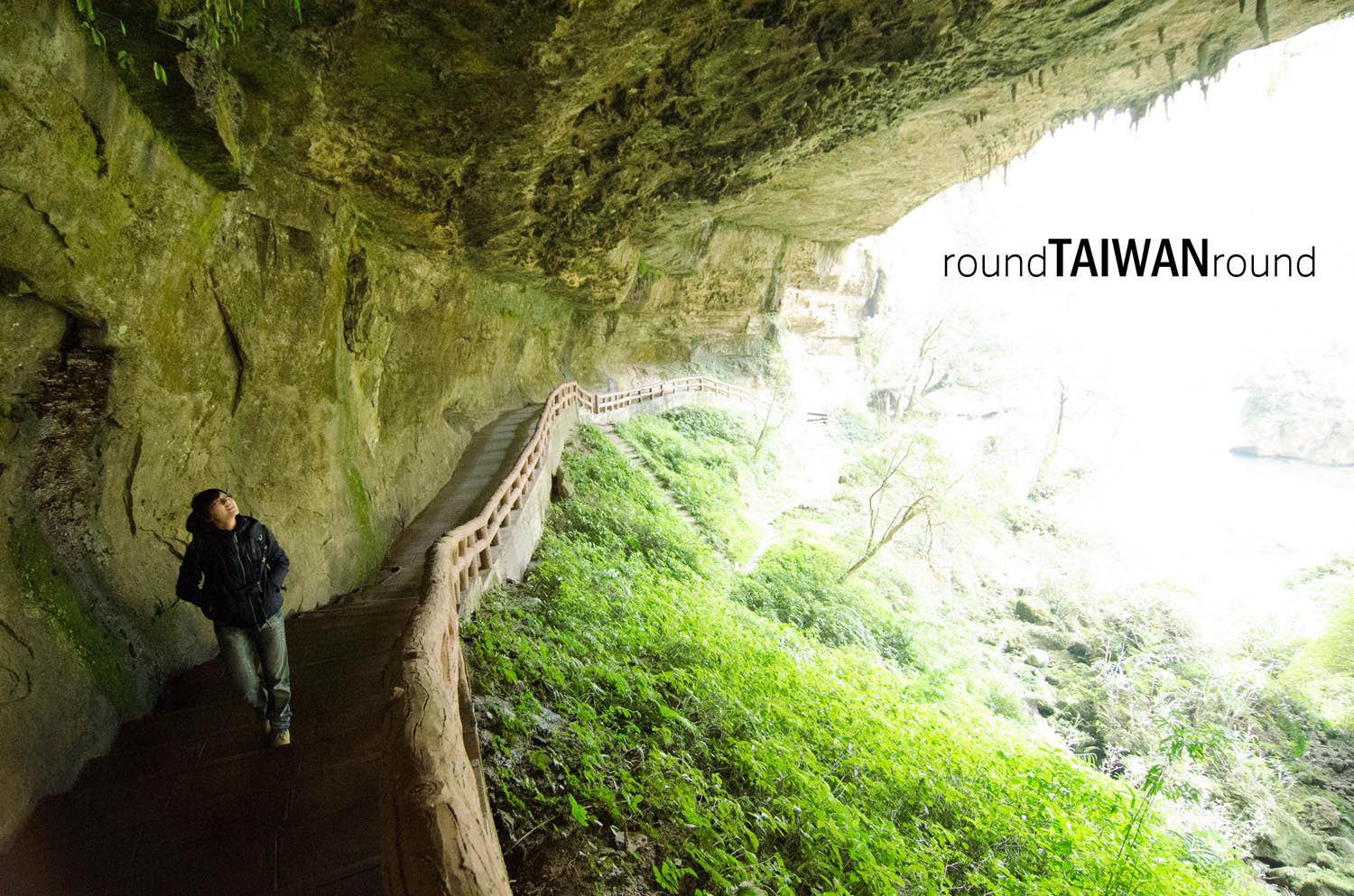 8
8Sun Link Sea
With an elevation of 1,600 meters and 40 hectares in size, Sun Link Sea Forest Park has something for everyone. Its natural life is brimming with flowers, fir trees and wild animals, of which cherry blossoms are especially popular around Chinese New Year.
Hiking enthusiasts could find several mountain trails around the park, and it is also the starting point of the famous three-day hiking trail extending to the way Alishan. But don’t worry, even an average Joe could complete one of the easy one-to-two-day hiking trails in the park. Just relax at your own pace while enjoying a forest bath, breathing in phytoncides released from the forests. All in all, there is something for everyone, from the novice to the seasoned nature lover and families with kids.
At Sun Link Sea, the landscapes change throughout the four seasons, particularly the sea of tulips that emblazon the forest park with an eye-dazzling palette of colors in January. If you have some extra time to spare, try to look for the 10 wonders of Sun Link Sea, among which Heaven and Earth Eyes (天地眼) and Songlong Rock Waterfall (松瀧瀑布) are especially worth visiting – these could be some of the finest works of art created by Mother Nature.- 9
Aowanda
Located in the Renai Township of Nantou, Aowanda National Forest Recreation Area is a prime location to appreciate maple leaves from November to February. It is merely an hour’s drive away from Cingjing Farm.
Covering a vast area of 2,787 hectares, Aowanda National Forest Recreation Area spans over a wide altitudinal range from 1,100m to 2,600m, where Wanda Creek (萬大溪) joins four other rivers. That explains why Aowanda has a rich biodiversity of birdlife and is home to a wealth of birds from over 120 species. If you are lucky enough, you might even spot the Formosan blue magpie (台灣藍鵲), which is an endemic species and Taiwan’s national bird. These fascinating blue crows are usually found in groups of six or more, gliding and shuttling in the woods. They are unafraid of people, so it is quite easy for birdwatchers to have a close-up look at these “long-tailed mountain ladies.” The forest management even had a number of man-made birdhouses affixed to tree trunks for birds to nest in, with cameras recording their behavior.
As you walk deep into the forest, you will find a suspension bridge spanning the valley – this is said to be the best viewing point for admiring the surrounding mountain tops. But if you have a fear of heights, think twice. As this bridge is quite long, and its imposing height might have you suffer a panic attack, not to mention that it can be a bit scary when the wind blows. The forest is huge, so expect to spend at least three hours walking around. The grandeur of maple trees bursting with colors will make you lose track of time if you are visiting during the right season. Aowanda is also a fantastic location for firefly watching all year round, but in April and May, the number of fireflies will reach its peak. These little dancing fireflies create a magical illusion in a completely natural setting of enchanted forests, which will surely be the experience of a lifetime in early spring.  10
10Shuiyang Forest
Speaking of the dreamy Shuiyang Forest, many describe it as a “fallen heaven.” In fact, it is a landslide dam caused by the devastating 921 Earthquake back in 1999. The Cunninghamia forest was then soaked in water and gradually died down, becoming a vast forest of white trunks, and the dam provides a peaceful reflection of the breathtaking landscape that changes as the day goes on.
Shuiyang Forest is located within the Sun Link Sea Forest Park. Due to its remote location, it is advised to go on a two-day trip and camp by the forest. To arrive here, there are two routes you should familiarize yourself with, both leaving from the Renting entrance, but the forest road is relatively smooth. As you are spending a night or two here, carrying heavy equipments on your back is unavoidable — take the route that is not beyond your physical limits. This hike allows you to be amazed by the dreamy landscape of Shuiyang Forest and its vibrant ecology. As the night falls, you can also view the stars without any obstructions as there is no light pollution here at all.
Nantou Travel Guide| Local Insights & Travel Tips
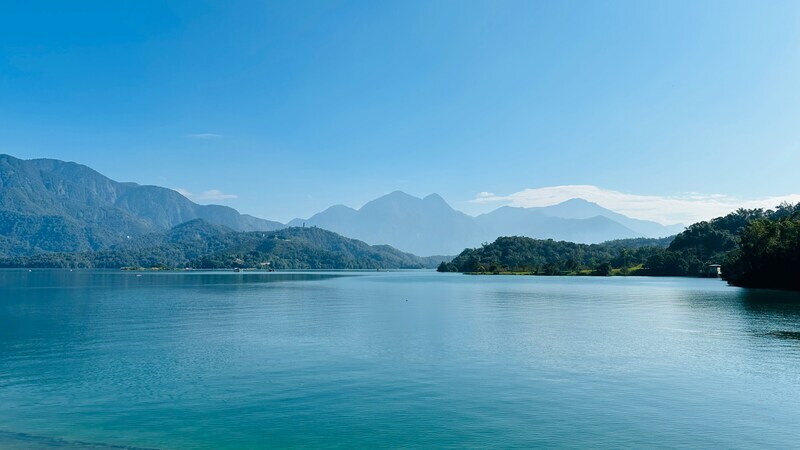
Sun Moon Lake Unfolded: Uncover the Hidden Magic in the Heart of Taiwan
Unfold the story of Sun Moon Lake — a place where misty mountains, shimmering waters, and timeless culture intertwine in the heart of Taiwan. Beyond its postcard-perfect scenery lies a world of hidden adventures: serene cycling trails, indigenous traditions, and even paragliding high above the emerald basin of Puli. Whether you’re chasing sunrise reflections, savoring local delicacies, or discovering quiet temples tucked away in the hills, Sun Moon Lake offers more than just beauty — it reveals a rhythm of life that flows as gracefully as the lake itself. Let this guide lead you into the hidden magic waiting beneath its tranquil surface.
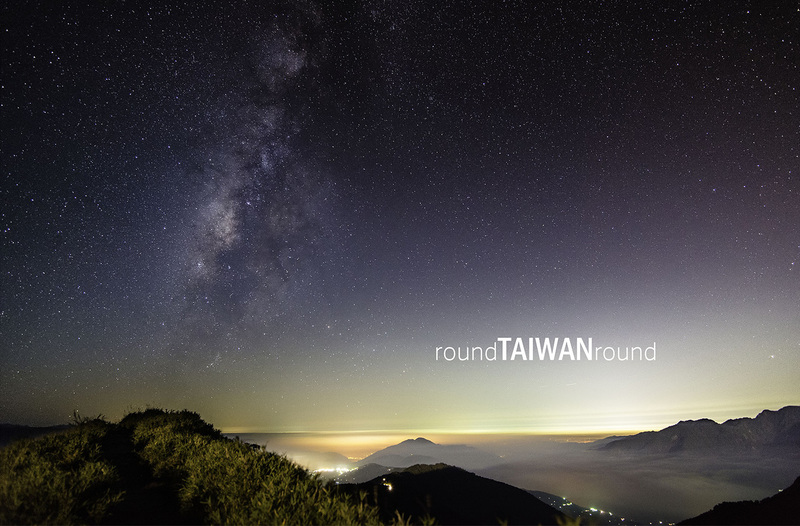
Experience Hehuanshan: Taiwan’s Accessible High-Altitude Hiking Destination
Nestled at the crossroads of Nantou and Hualien counties along Taiwan’s majestic Central Mountain Range, Hehuanshan (合歡山)—also known as Mount Hehuan—offers one of Asia’s most breathtaking and accessible high-altitude hiking experiences, perfect for adventurers of all abilities. Rising over 3,000 meters above sea level, this alpine paradise features multiple peaks and easy-to-moderate trails such as the East Peak, Main Peak, and Kunyang Trail, each offering sweeping views of misty valleys and endless skies. Whether you’re a seasoned hiker chasing a sunrise above the clouds or a casual traveler seeking a scenic drive through lush, cool mountain air, Hehuanshan makes high-mountain beauty effortless to enjoy. From snow-covered slopes in winter to spring’s rhododendron blooms and crystal-clear starlit nights, the mountain captivates visitors year-round. Easily reached by car, shuttle, or Tripool’s chartered transport, Hehuanshan combines comfort, convenience, and natural grandeur—making it a must-visit destination for families, couples, and solo explorers traveling through the heart of Taiwan.

